CRM isn’t just software - it’s how growth-focused teams build loyalty that lasts.
Today’s buyers move fast and expect businesses to keep up. They want personal, connected, seamless experiences at every touchpoint. If you can’t deliver, they won’t hesitate to move on.
That’s why CRM has evolved far beyond a digital Rolodex. It’s now the foundation for how modern businesses connect with customers - and grow.
A modern CRM helps you:
- See every customer clearly - across marketing, sales, and support
- Automate workflows without losing the human touch
- Move faster, act smarter, and personalize at scale
- Deliver the kind of experience customers remember (and recommend)
And the results speak for themselves:
- 86% of buyers say experience matters as much as price
- 1 in 3 will walk away after a single bad interaction
- Customer-first companies? They’re 60% more profitable.
CRM isn’t just a system. It’s how you meet modern expectations - and stay ahead.
SuperOffice CRM is built for B2B teams who want clarity, speed, and real results. See how it works.
Why CRM Is a Growth Engine (Not Just a Database)
Great products alone aren’t enough. Customers want fast, relevant, personalized experiences. That’s where CRM shines.
When your entire organization works from one shared view of the customer, you don’t just react - you anticipate, adapt, and deliver better. At every stage.
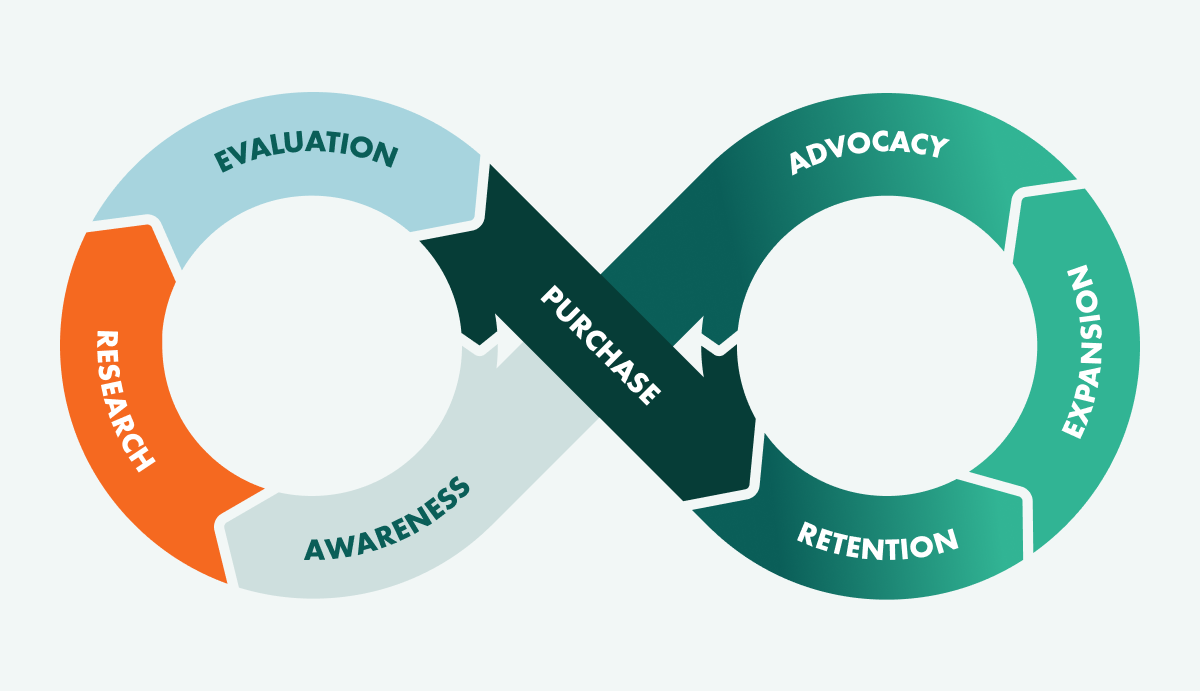
Let’s unpack how CRM drives real results.
CRM Powers Acquisition and Retention
The best CRMs help you win more deals and keep more customers. That means faster follow-ups, smarter targeting, and more consistent experiences across the funnel - all without extra manual work.
In fact, CRM leaders grow revenue 2.5x faster than laggards.
Why? Because they focus their time where it matters - and stop wasting effort on dead ends.
CRM Helps You Focus on the Right Customers
Not every customer contributes equally to growth - and not every one deserves the same investment.
You probably know the type: high-maintenance, low-revenue, always escalating.
Then there are your champions - who buy often and refer freely. CRM helps you spot both - fast.
CRM helps you spot the difference - fast. You can segment by value, lifecycle stage, or behaviour, then tailor follow-up accordingly. That way, your most valuable customers always get VIP treatment.
SuperOffice Tip: Use custom segments and workflows to automate outreach to top-tier accounts - before they even ask.
CRM Breaks Silos and Boosts Team Performance
In siloed orgs, sales doesn’t talk to support. Marketing doesn’t know what’s closing. And no one sees the full story.
CRM brings everything (and everyone) together. It aligns data, goals, and workflows across departments - so handoffs are seamless and the customer journey feels connected.
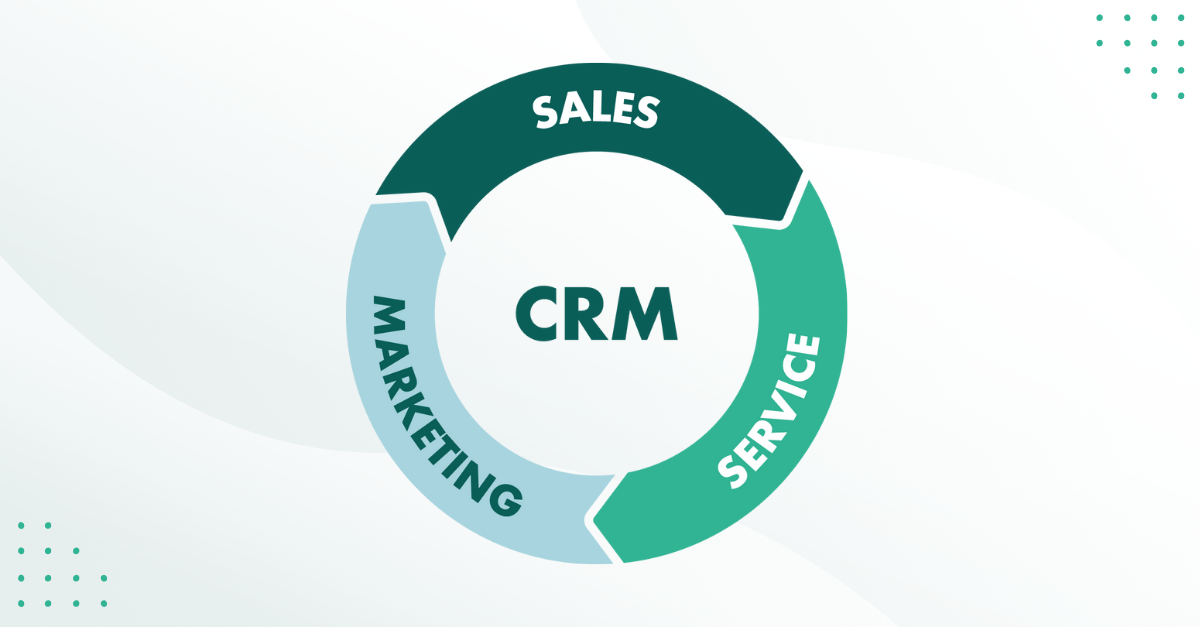
The result? Less finger-pointing. More follow-through.
And customers who actually feel like you know them.
How CRM Really Works
Today Modern CRM isn’t just about contact records - it’s about driving relevance, speed, and continuity across every customer interaction.
Think of CRM as your customer command center. It connects the dots across data, departments, and decisions - so your teams always know who they’re talking to, what matters to that person, and what to do next.
Here’s how CRM helps you deliver more human, high-impact customer experiences - without the chaos.
1. One Profile. Every Touchpoint.
When a customer reaches out, they don’t care which team they’re talking to. They just want to feel known. CRM gives every rep a complete view of the customer’s journey - from first touch to most recent ticket - in one screen.
That means no more asking “Have we spoken before?” and no more copy-pasting between tools.
More than 70% of customers expect agents to know their history.
And with CRM, they actually can.
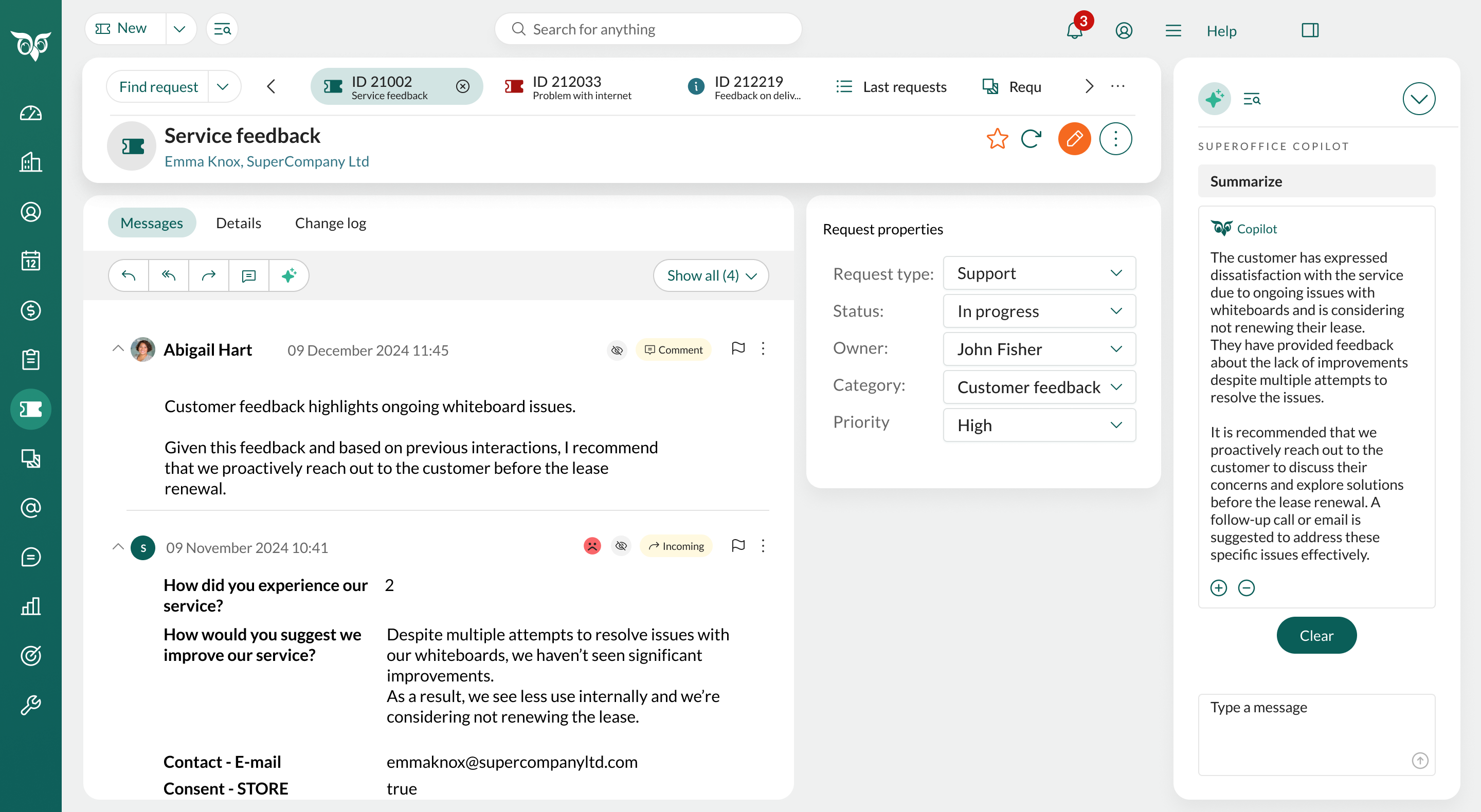
2. Smart Automation (That Doesn’t Feel Robotic)
CRM streamlines the tasks that slow you down - like sending reminders, assigning leads, or escalating service issues. But the best systems go further: they route tickets based on urgency, tailor campaigns to each persona, and surface the next best action automatically.
Done right, automation doesn’t just make things faster - it makes them smarter.
Companies that blend automation with human service reduce resolution time by 30% and boost satisfaction by 21%.
SuperOffice Tip: Use SuperOffice’s built-in workflow engine to trigger timely follow-ups, handoffs, or task assignments - based on behavior, not guesswork.
3. Built-In Insights That Drive Action
Great teams don’t just respond to customers - they learn from them. CRM helps you spot patterns, track campaign performance, and understand which leads (or segments) are driving real revenue.
Use those insights to prioritize high-value accounts, tailor outreach, and keep refining your playbook.
Bonus: Set up custom dashboards in SuperOffice CRM to measure what matters - by team, channel, or customer type.

4. Cross-Team Collaboration That Feels Effortless
No more silos. No more “I’ll forward this to someone else.” CRM connects sales, marketing, and service in one shared workspace - so handoffs are smooth, context is never lost, and customers don’t fall through the cracks.
Real example: A support agent sees an open sales opportunity. They flag it in CRM. The rep picks it up instantly - with all the context, history, and notes they need.
How CRM Powers Smarter Workflows
A CRM turns repetitive tasks into automated flows, scattered handoffs into seamless experiences, and guesswork into guided action.
Here’s how modern CRM transforms the most critical customer-facing processes.
Lead Management: Capture, Qualify, Convert
Today’s leads come from everywhere - web forms, social, events, referrals. Without structure, they slip through the cracks. CRM brings order to the chaos.
The best CRMs automatically assign leads based on rules like region, product interest, or deal size - then guide each one through a clearly defined qualification process.
No more spreadsheets. No more forgotten follow-ups.
SuperOffice Tip: Automate lead management in SuperOffice CRM - so your team focuses on the hottest opportunities, faster.
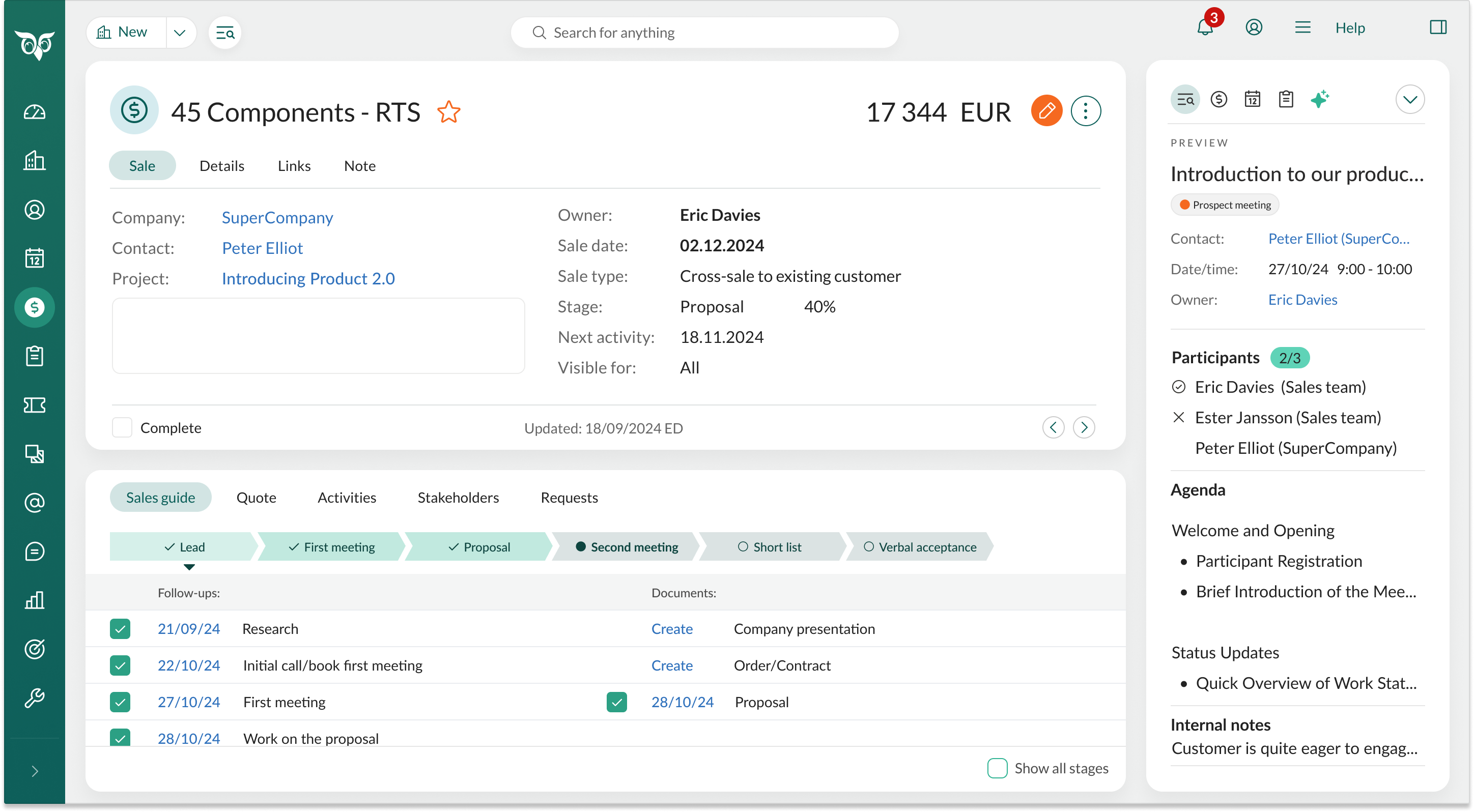
Consent Management: GDPR-Ready by Default
Keeping consent data clean isn’t just a compliance issue - it’s a trust issue. CRM systems track every opt-in, preference update, and unsubscribe - and link it directly to contact records.
That means less risk, more relevance, and better campaign performance.
Bonus: SuperOffice's subscription management tools track consent at every step - from signup to preference center - making compliance effortless.
Service & Support: Fast, Coordinated Resolutions
Support teams need more than ticket numbers. They need full context - customer history, product usage, open deals, and past interactions. CRM makes that visible at a glance.
Even better? You can automate routing based on ticket topic, urgency, or customer value - and send updates without manual chasing.
Businesses using CRM to manage service workflows resolve issues 2x faster, with 40% fewer escalations.
SuperOffice Tip: Use triggers to escalate VIP tickets or flag frustrated customers before they churn.
Account Growth: Sell Smarter, Not Harder
It’s easier to grow existing accounts than win new ones - but only if you can see the full picture. CRM helps sales teams track product usage, engagement trends, and buying signals in one place.
That means timely cross-sell prompts, stronger renewal conversations, and fewer missed opportunities.
Bonus: Create custom workflows in SuperOffice CRM to alert sales when service issues are resolved - so reps can follow up without awkward timing.
How CRM Drives Impact Across Teams
CRM is the glue that connects every customer-facing function - so teams work together, not in silos. When everyone shares the same context, goals, and data, your entire customer journey gets sharper, faster, and more effective.
Here’s how a modern CRM unlocks value across your organization:
Sales: More Focus, Less Chasing
Sales teams spend too much time digging for context or chasing cold leads. With CRM, they can:
- See deal history, notes, and recent activity in one place
- Get instant alerts when a prospect takes action (like opening a proposal)
- Prioritize warm leads and spend less time on dead ends
Reps using CRM increase productivity by up to 34% - and hit quota more often.
Marketing: Smarter Campaigns, Higher ROI
Marketing doesn’t stop at lead generation. With CRM, you can:
- Build precise segments based on real behaviour, not guesswork
- Send personalized emails at the right time in the customer journey
- See which campaigns actually convert (not just get clicks)
SuperOffice CRM helps you connect email, forms, and campaign data directly to deals - so you always know what’s working.
Customer Support: Faster Help, Happier Customers
Support teams thrive when they have full visibility. CRM helps them:
- See full customer history at a glance - no repeat questions
- Prioritize VIPs or frustrated users automatically
- Collaborate with sales to surface upsell or renewal signals
Leadership: Clear Data, Better Decisions
Leaders need more than reports. They need clarity. CRM gives you:
- Real-time dashboards by team, territory, or product
- Forecast accuracy (without spreadsheet gymnastics)
- Visibility into pipeline health, churn risk, and customer sentiment
SuperOffice CRM gives you the data you need - not just the data you collect.
Want to see how CRM could impact your sales, marketing, and support in one place? Book a SuperOffice demo and get a walkthrough of how it works across your entire customer journey.
Choosing the Right CRM for Your Business
Not all CRMs are created equal. Some are built for enterprise complexity. Others for one-person teams. The best CRM for your business? The one that aligns with your goals - and actually gets used.

Whether you’re rolling out CRM for the first time or upgrading from a clunky legacy system, here’s what to look for:
1. Ease of Use
The most powerful CRM in the world won’t help if no one uses it. Look for a clean interface, intuitive navigation, and a system your teams can pick up quickly - without weeks of training.
SuperOffice CRM is built for real-world users - with a simple, customizable UI your team will actually love using.
2. Smart Automation
The right CRM should take repetitive tasks off your plate - not add to the to-do list. Make sure it can handle lead routing, email sequences, task assignments, and ticket follow-up based on real behaviours (not guesswork).
Did you know? Businesses that automate with CRM save 6+ hours per week per rep - and close deals 30% faster.
3. True 360° Customer View
Can your reps see a full history of every touchpoint - sales, support, marketing - all in one place? That kind of context is the difference between personalized outreach and awkward follow-ups.
SuperOffice gives you a complete, real-time view of every customer - no tab-switching, no blind spots.

4. Built-in GDPR & Consent Management
With data privacy regulations tightening, compliance isn’t optional. Your CRM should track consent, manage preferences, and make it easy to respect privacy - by default.
SuperOffice’s built-in consent tools simplify GDPR compliance across your entire lifecycle.
5. Scales With You
Whether you're expanding into new markets, hiring new teams, or launching new products, your CRM should adapt - not hold you back. The right platform supports complexity without becoming complicated.
Ready for a CRM that’s built to scale with your business? Book a personalized SuperOffice demo and see how we help B2B teams move faster, close smarter, and deliver standout experiences - from day one.
The SuperOffice Difference
A CRM built for B2B teams who care about simplicity, speed, and results.
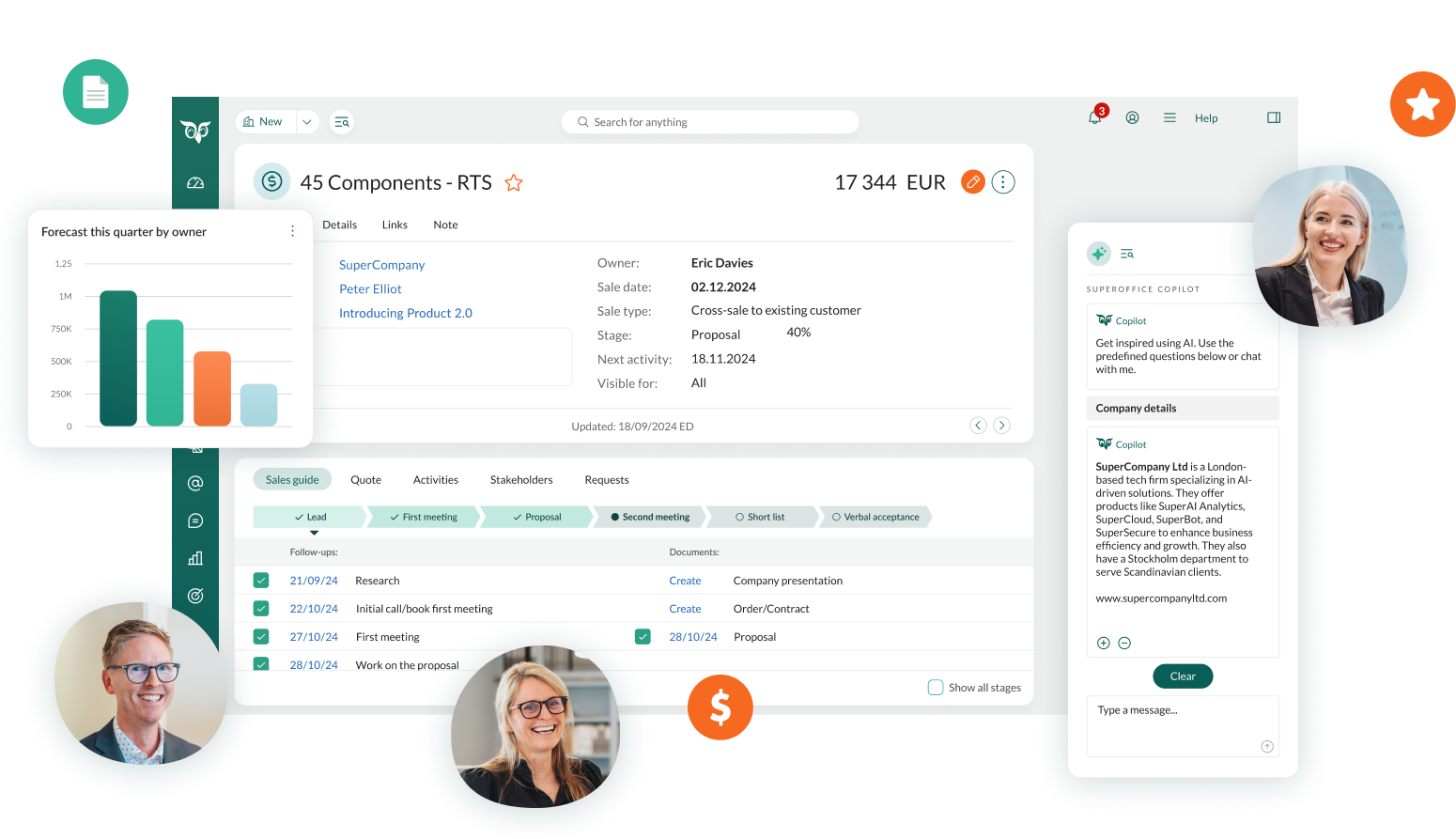
Most CRM systems promise to help you grow. But too often, they create complexity instead of clarity. SuperOffice is different - by design.
We focus on what matters most:
- A clean, intuitive experience your team will actually use
- Smart automation that saves time without sacrificing the human touch
- A centralized view of every customer across sales, marketing, and support
- European-built for GDPR compliance, security, and trust
- Built-in best practices - no consultants or workarounds required
From lead capture to post-sale service, SuperOffice helps B2B teams deliver fast, relevant, and personal experiences at scale. It's not about adding features for the sake of it. It’s about helping you focus, move faster, and grow with confidence.
Why CRM Isn’t Optional Anymore
In 2025, every customer interaction is a chance to win - or lose - trust.
Buyers don’t just want products. They want to feel understood.
They expect fast answers, personal outreach, and seamless handoffs - every time.
CRM is how you deliver all of that - consistently, at scale.
It’s not just a system for managing contacts. It’s your engine for:
- Higher win rates
- Lower churn
- Smarter growth
With the right CRM, your entire team can move faster, personalize more, and build relationships that actually last.
And with SuperOffice, you don’t have to choose between power and simplicity.
You get a CRM your team will love - and your customers will feel.
Every business says they care about customers. CRM is how you show it.
Don’t wait until churn spikes or sales stall. Schedule a demo to start building relationships that scale.




